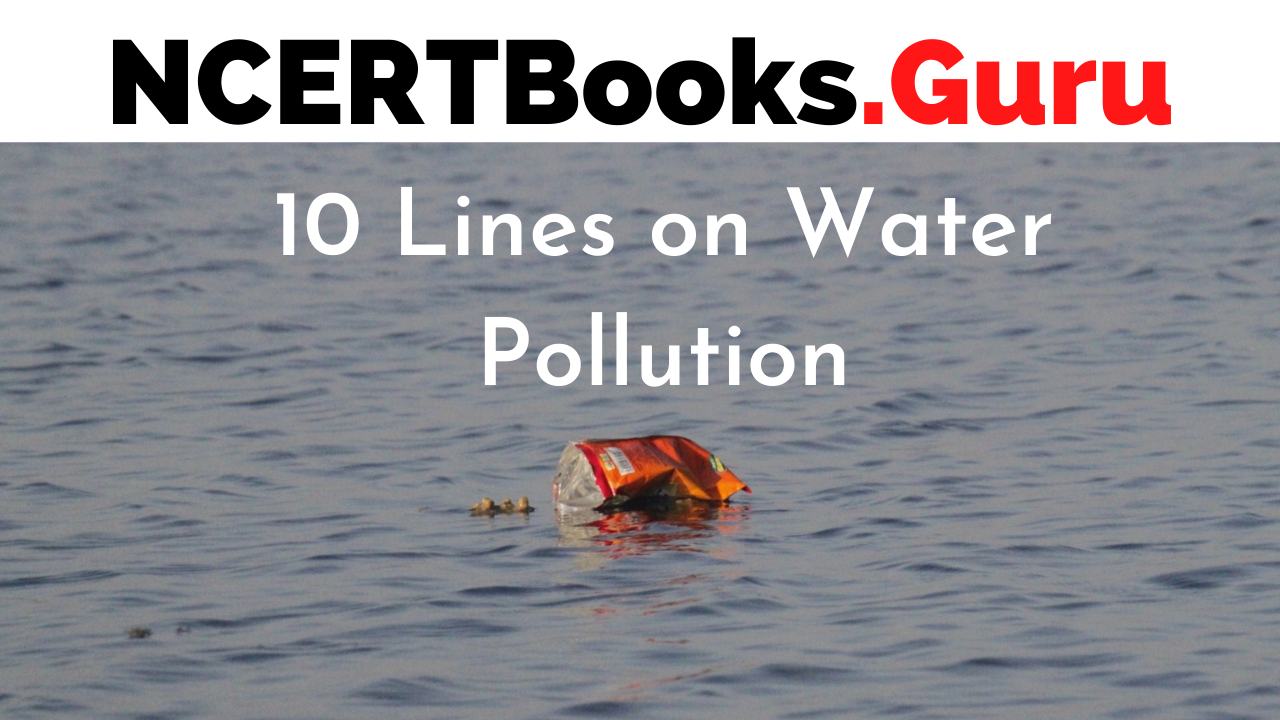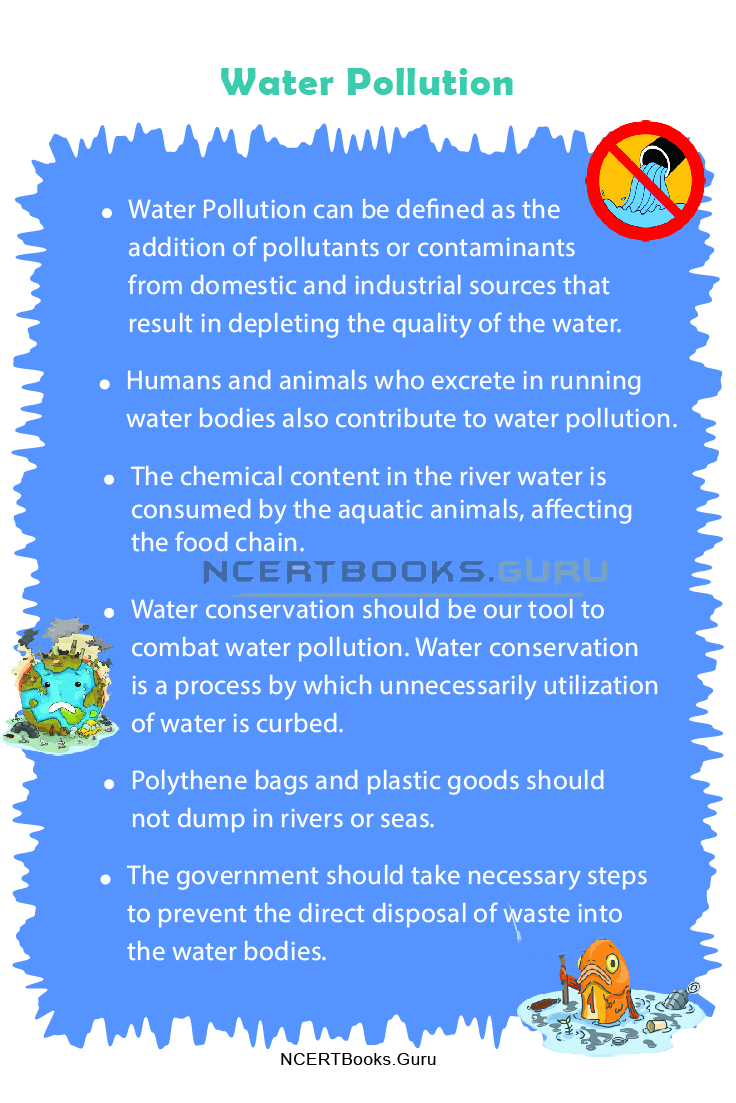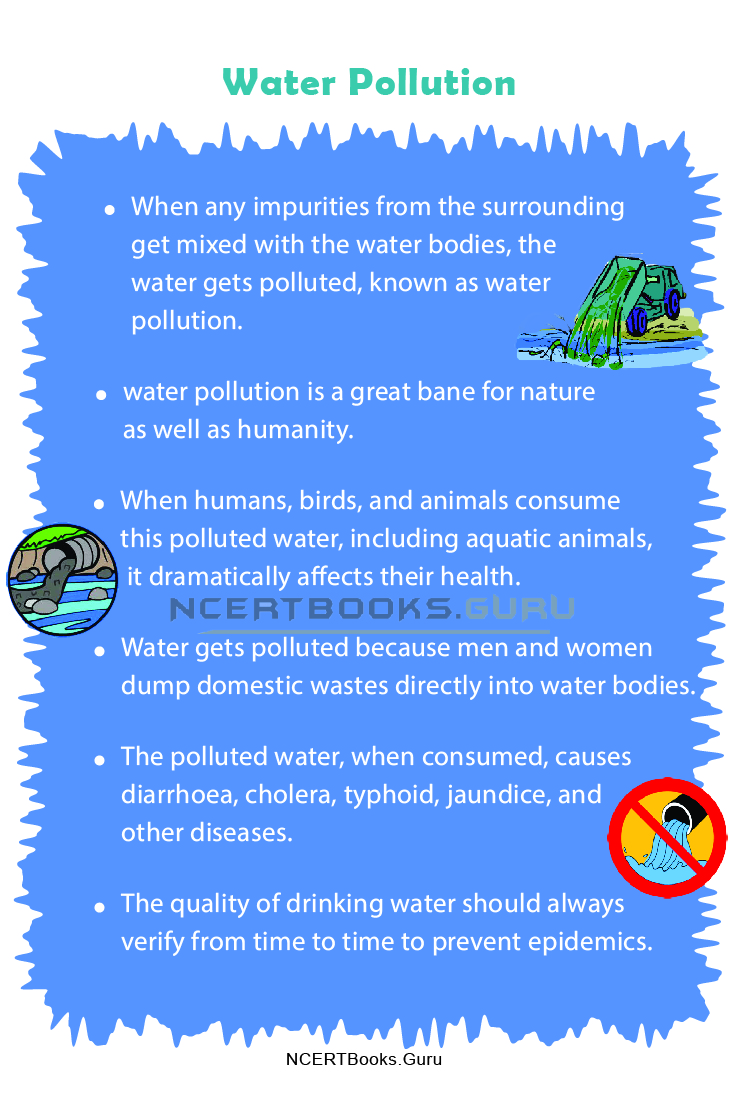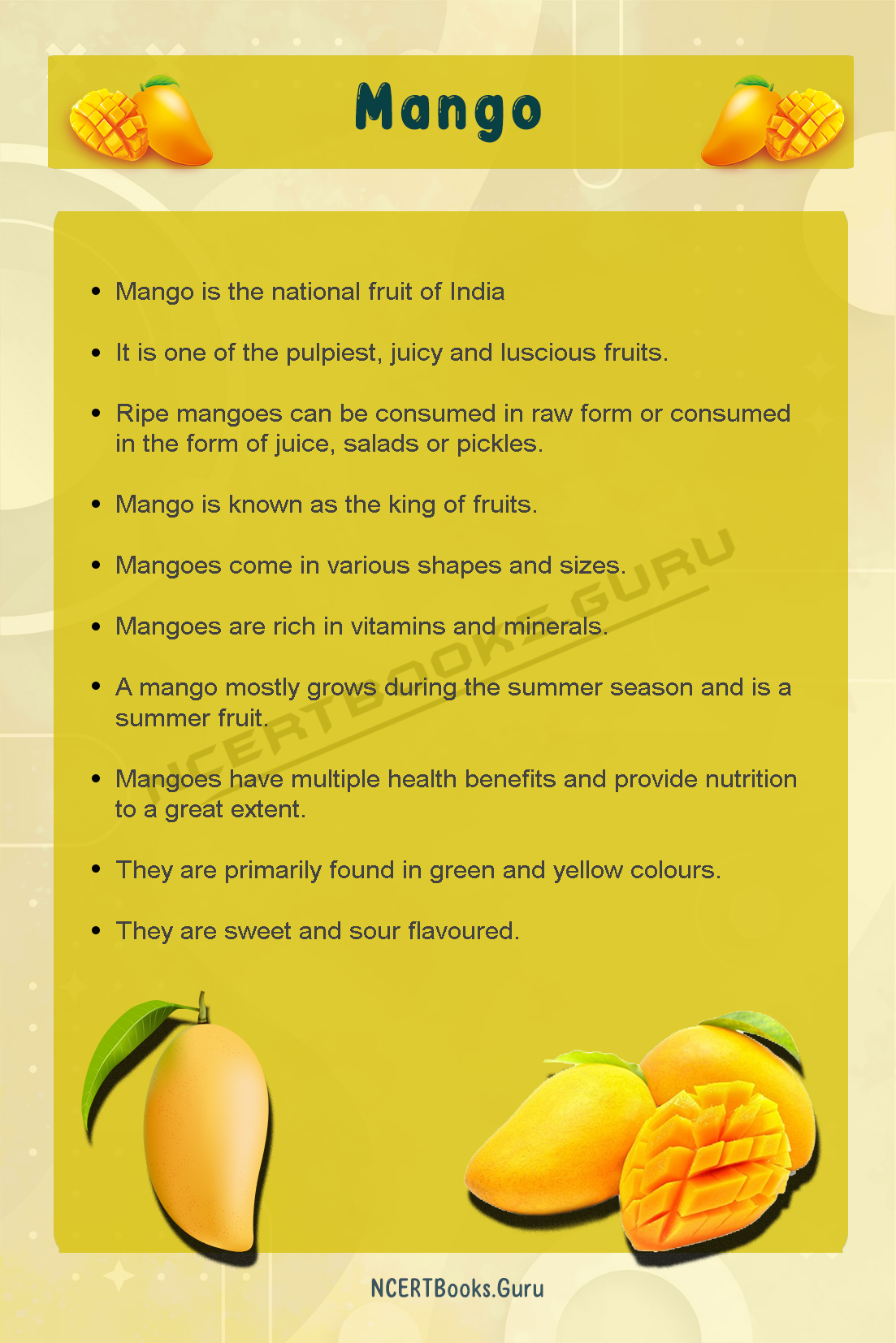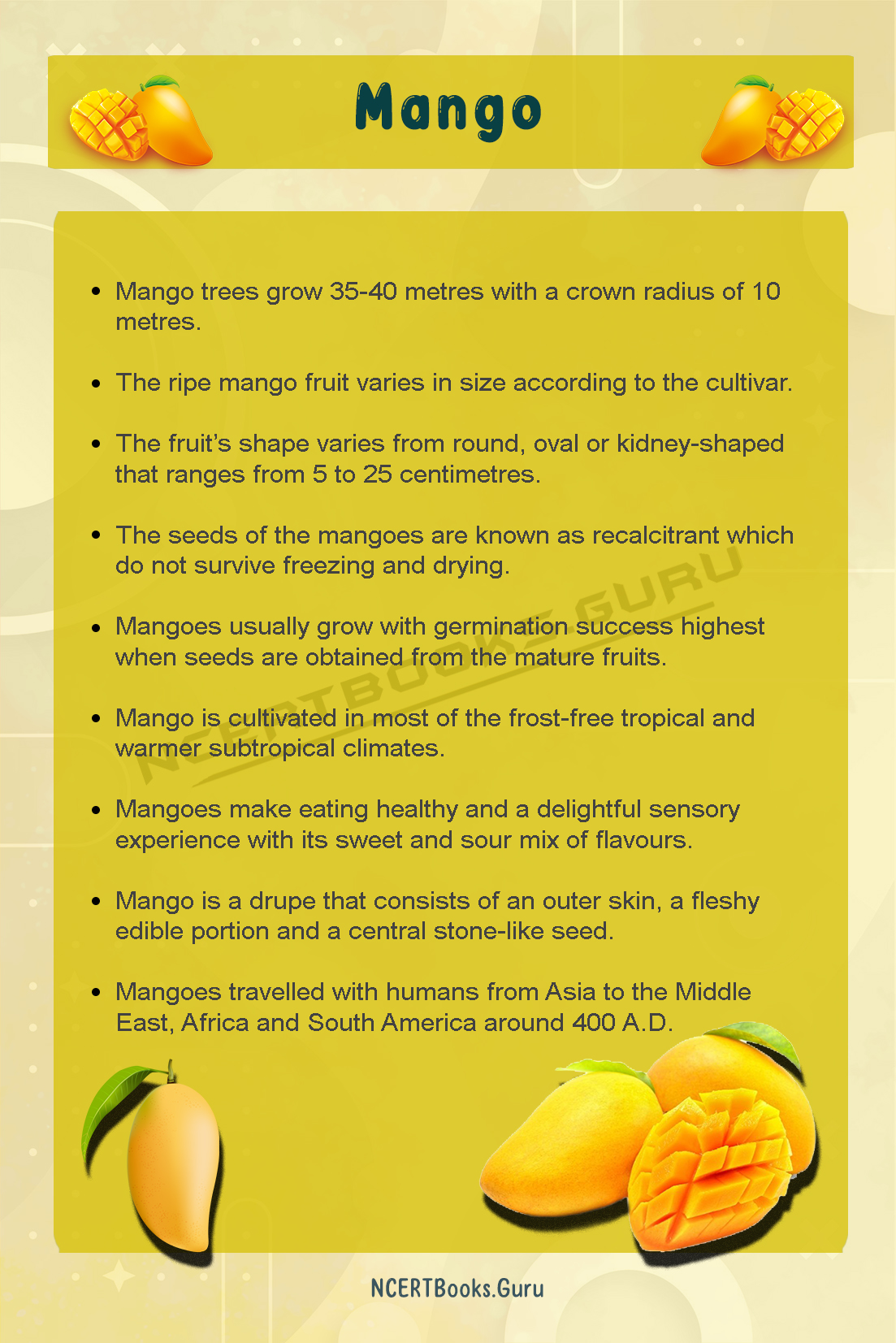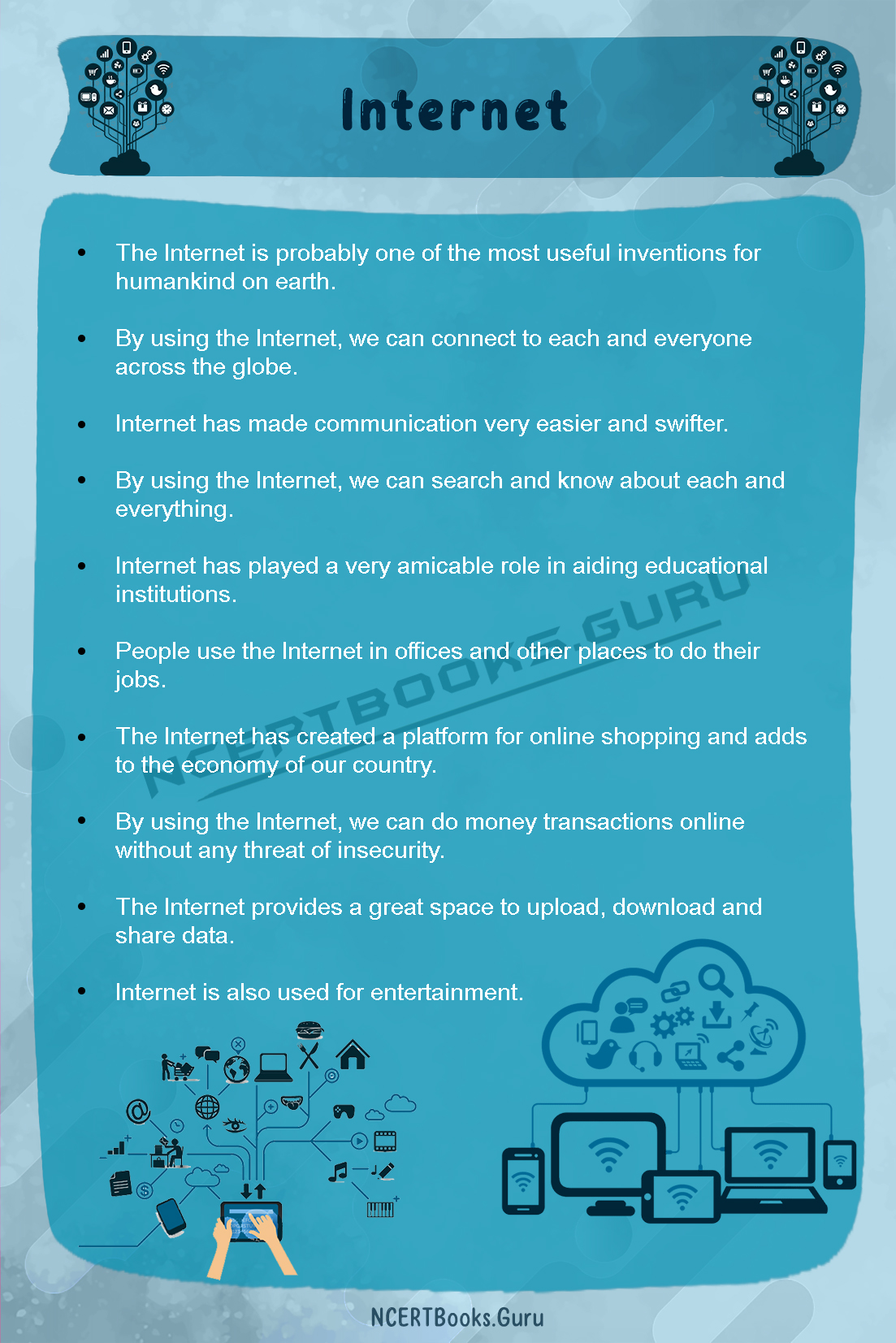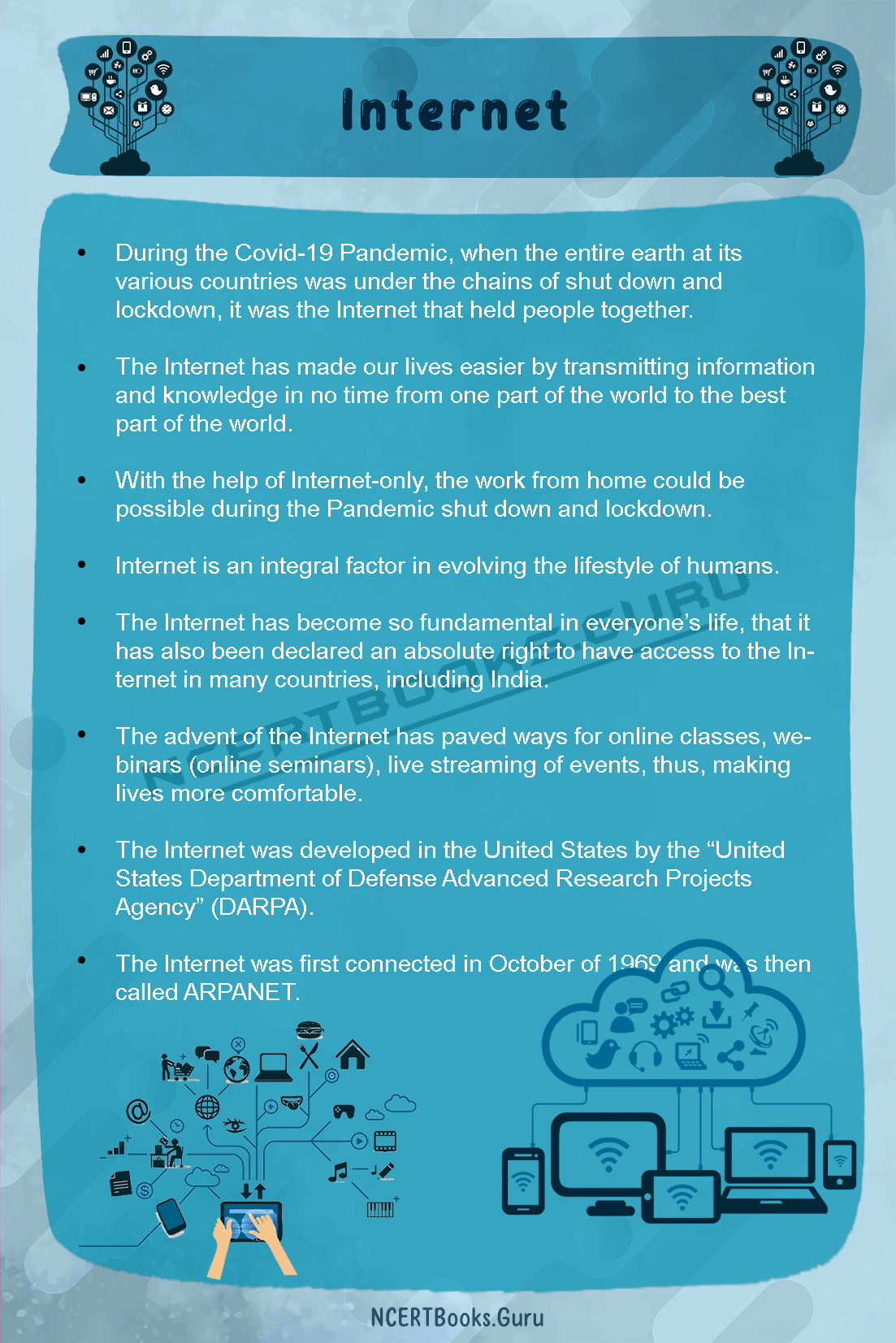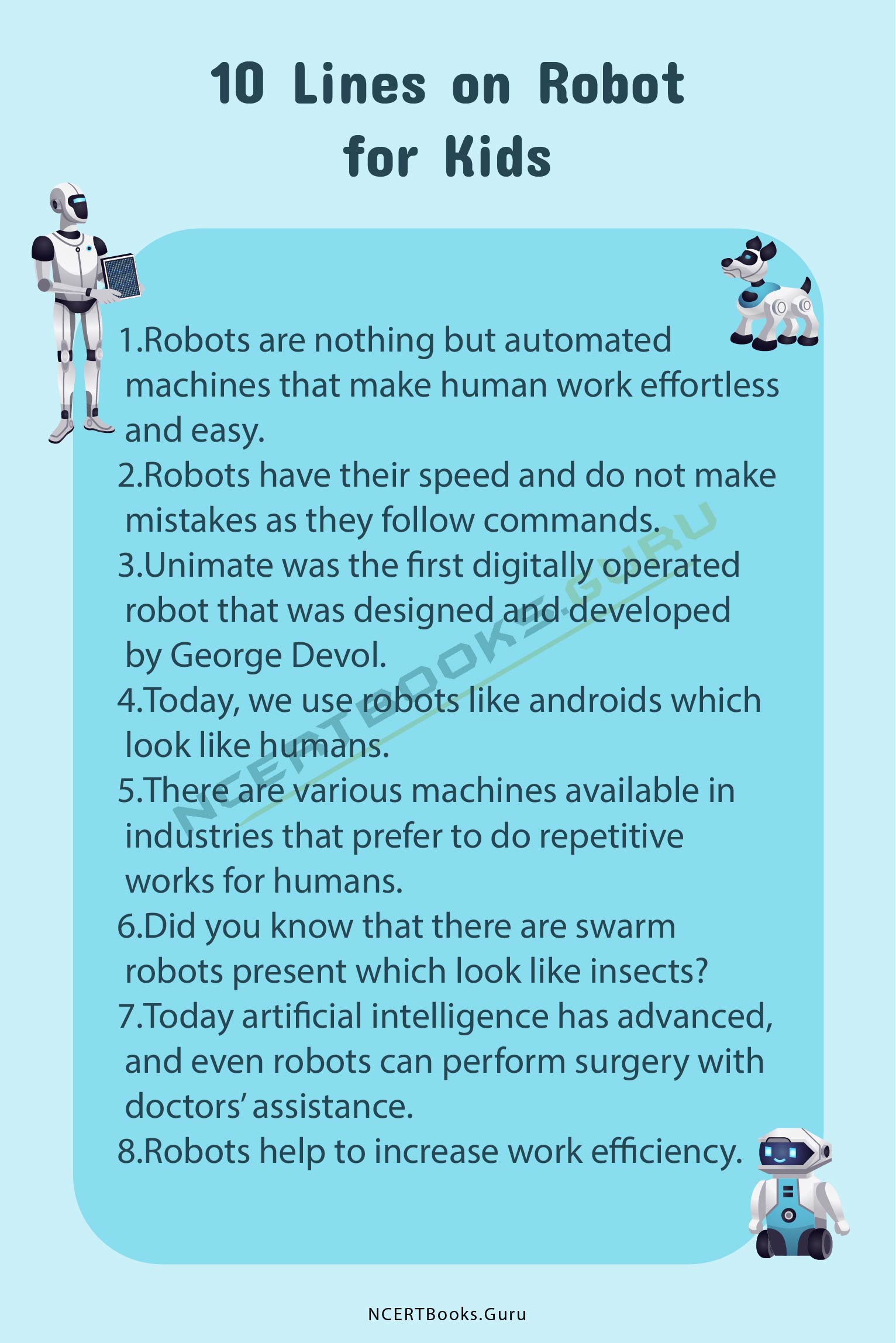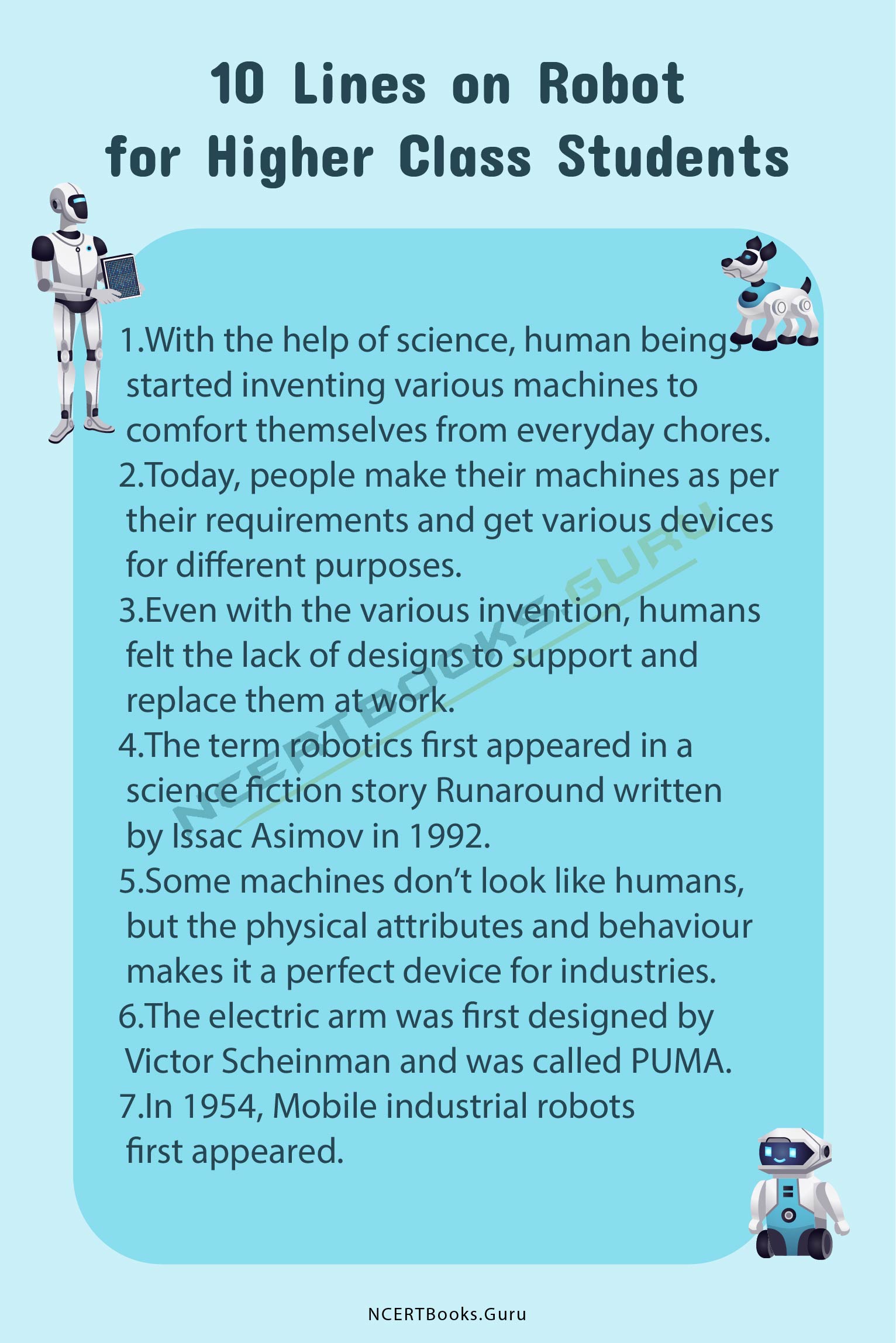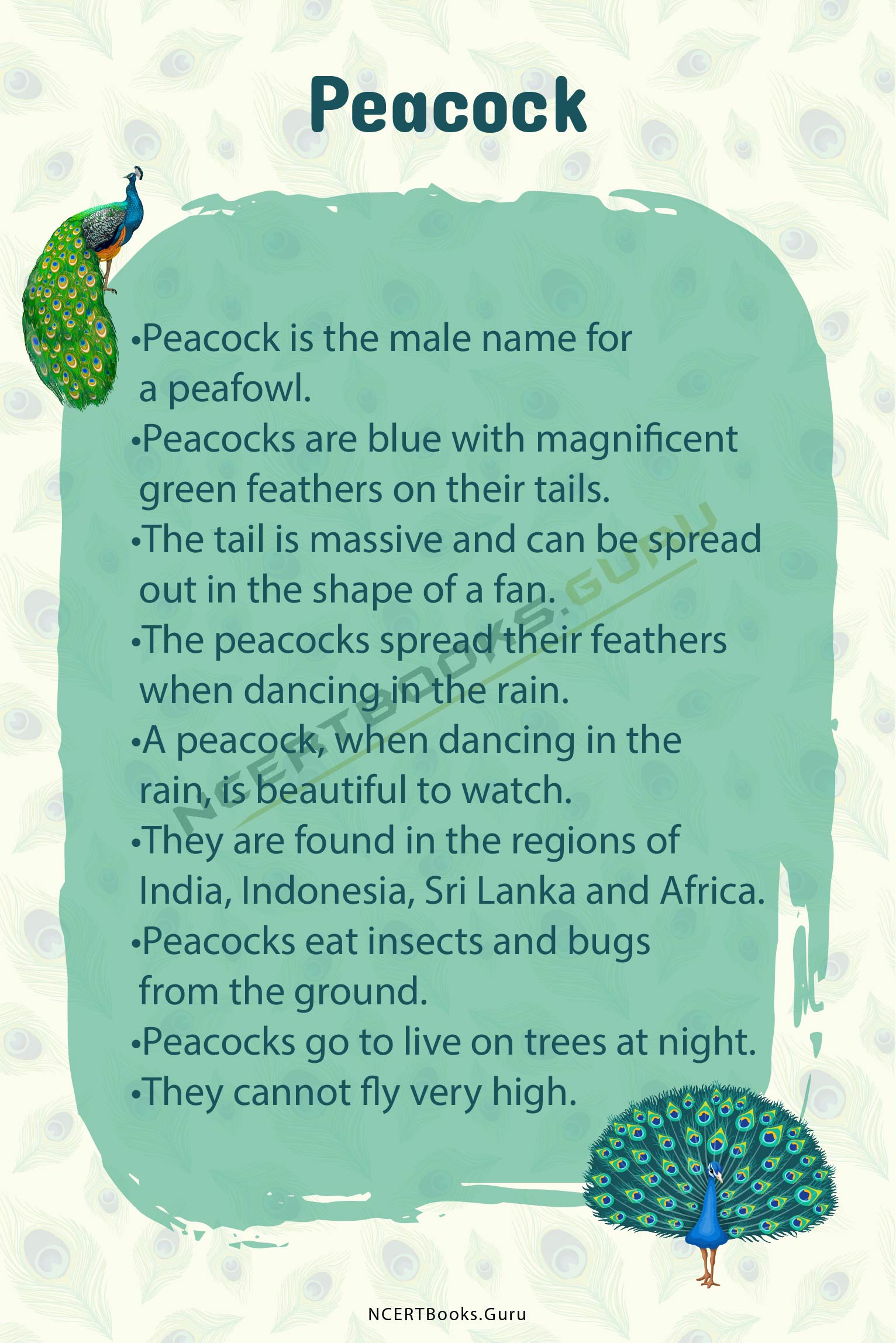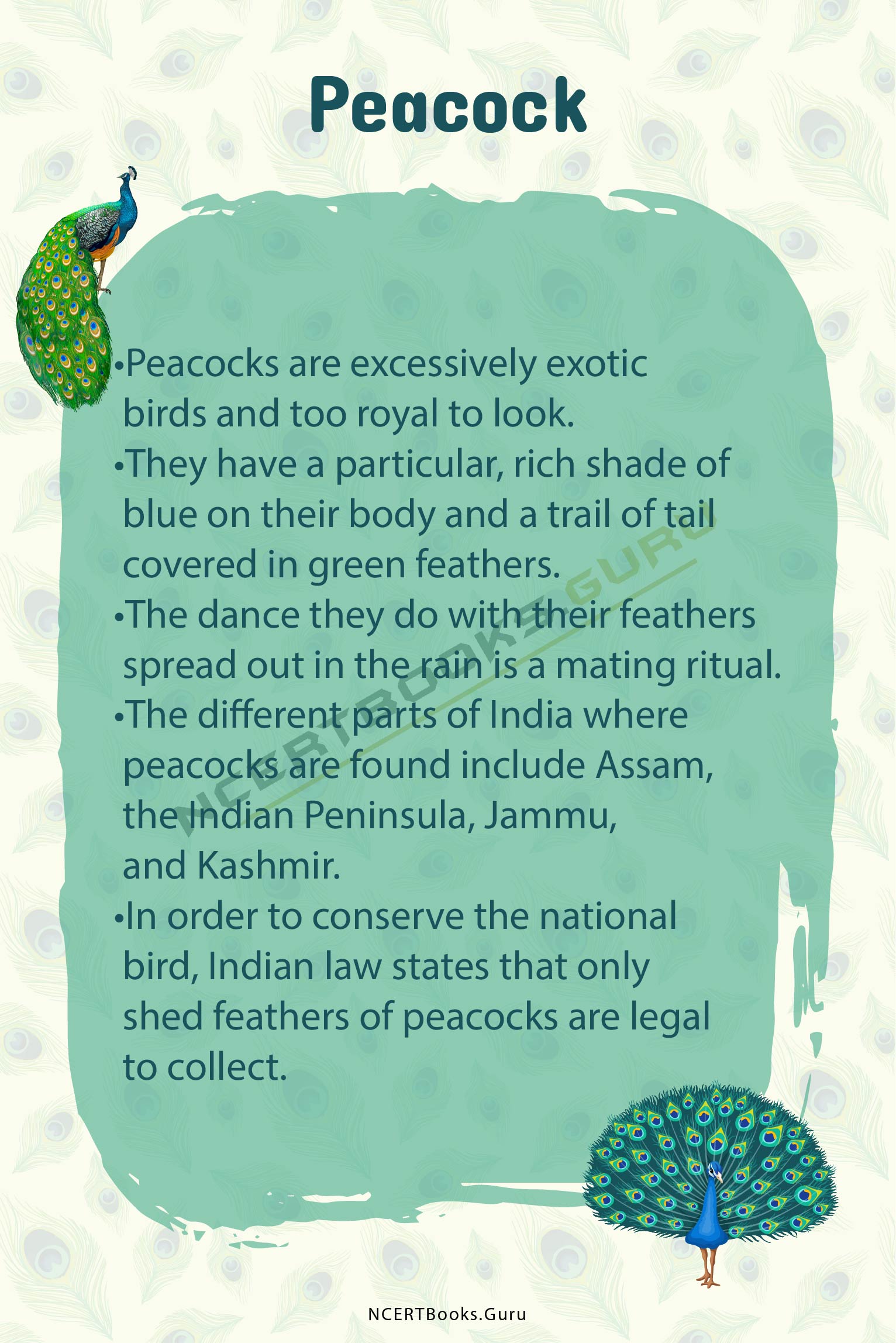10 Lines on Yoga: The word “yoga” is descended from the Sanskrit word “Yuj” which means union. Thus yoga is the path that leads towards the harmony or union of mind, body and soul. Yoga is not just a class of exercise, but it’s an ancient practice to gain happiness, peace and wisdom.
“Yoga” also refers to the inner science that comprises various methods by which an individual can attain self-realization. It helps to overcome all kinds of suffering and leads us to a sense of freedom with good health, contentment and peace of mind. Yoga is a combination of components such as posture, breathing practices, meditation and deep relaxation.
Enhance your vocabulary and writing skills with 10 Lines Essays available. Spark up the creativity in you and access various Topics on 10 Lines all in one place.
Set 1 – 10 Lines on Yoga for kids
- We are taught yoga to attain peace of mind and a healthy body.
- International Yoga Day is celebrated on 21st June.
- Yoga origins from Hinduism.
- Yoga is one of the most traditional physical disciplines in existence.
- Yoga disciplines an individual.
- Yoga brings a positive attitude to everyone.
- Yoga keeps our bodies healthy.
- “Pranayam” is a breathing exercise that falls under the practice of yoga.
- Yoga helps us connect our body with nature and feel like a part of it.
- Yoga, combines posture, breathing, and meditation and was initially practised as a form of healing.
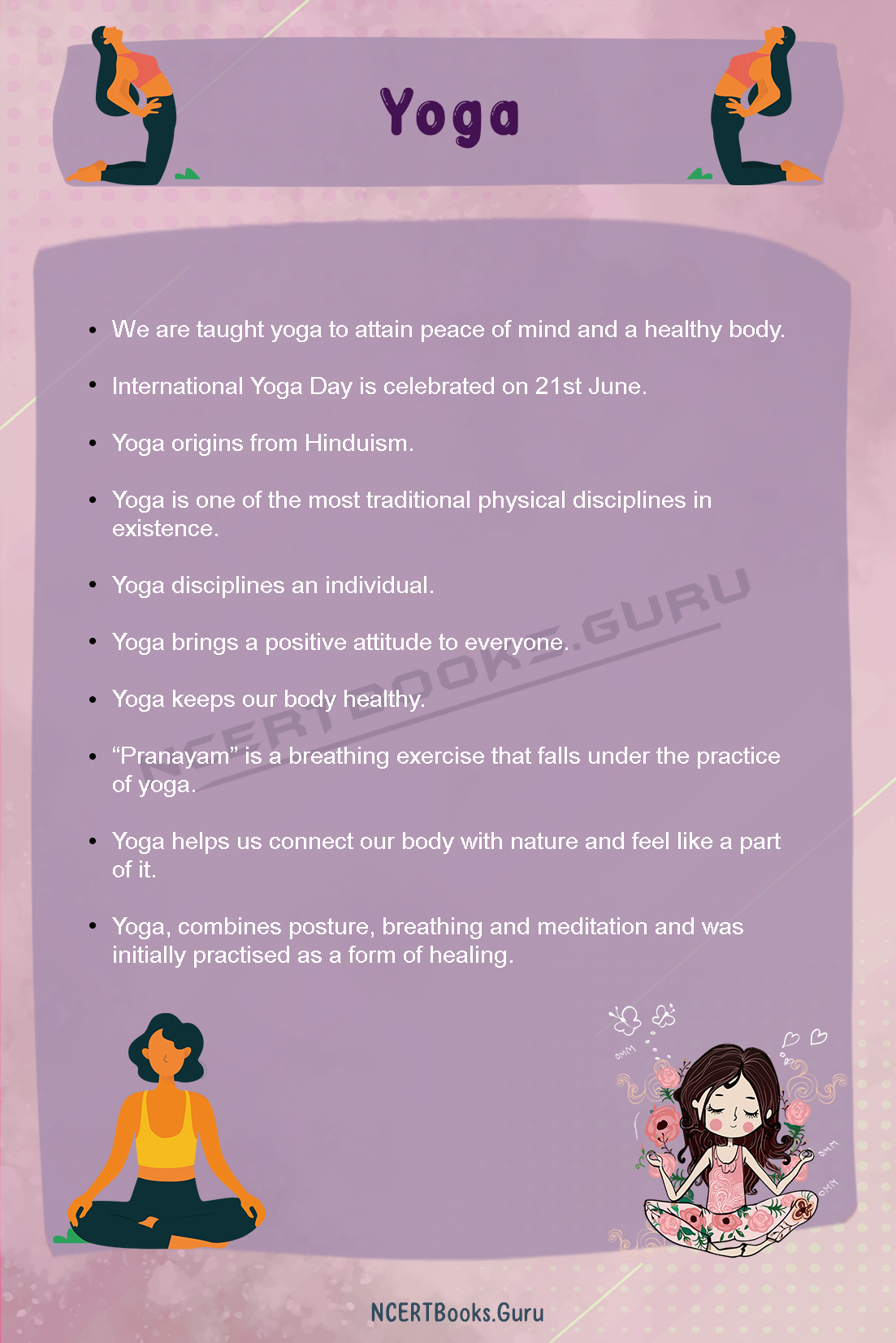
Set 2 – 10 Lines on Yoga for School Children
- Yoga is an art that unites body and soul.
- It is vital to practice yoga daily in the morning to experience a fresh start of the day.
- The practice of yoga from ancient times has been used to heal and attain mental peace.
- The best-selling book in English on yoga is Light on Yoga: Yoga Dipika by B.K.S Iyengar.
- The knowledge of yoga transcends any religion or culture, although it has originated from Hinduism.
- Yoga corrects posture and alignment of the body and regulates digestive, endocrine and circulatory systems.
- Listening to calming music while practising yoga can enhance its effects on our body and soul.
- Yoga helps us reach within our inner-selves and form a spiritual connection with nature.
- The advantages of yoga are long term and can be fruitful in the future.
- Although yoga is optional; it should be opted by all.
Set 3 – 10 Lines on Yoga for Higher Class Students
- Yoga helps us approach life with the union of mental, physical and spiritual paths.
- Yoga helps to relieve mental stress, improves flexibility, immune system and health.
- Yoga helps us establish a connection with our inner self and thus attain peace of mind.
- Regular yoga practice makes one more fit and healthy and exercises an overall positive attitude towards life.
- Yoga helps us release the toxins from our body and enhance energy flow.
- A feeling of saturation often haunts us as we keep following the same work routine every day, but incorporating yoga in our routine can bring freshness into everyday life.
- Young people are encouraged to do yoga to increase their focus and concentration on work and activities and eliminate all other unnecessary thoughts.
- Experts advise it that everyone should do at least 15-20 minutes of yoga daily.
- It is vital to maintain our yoga routine.
- Yoga is an art and should be practised as one.
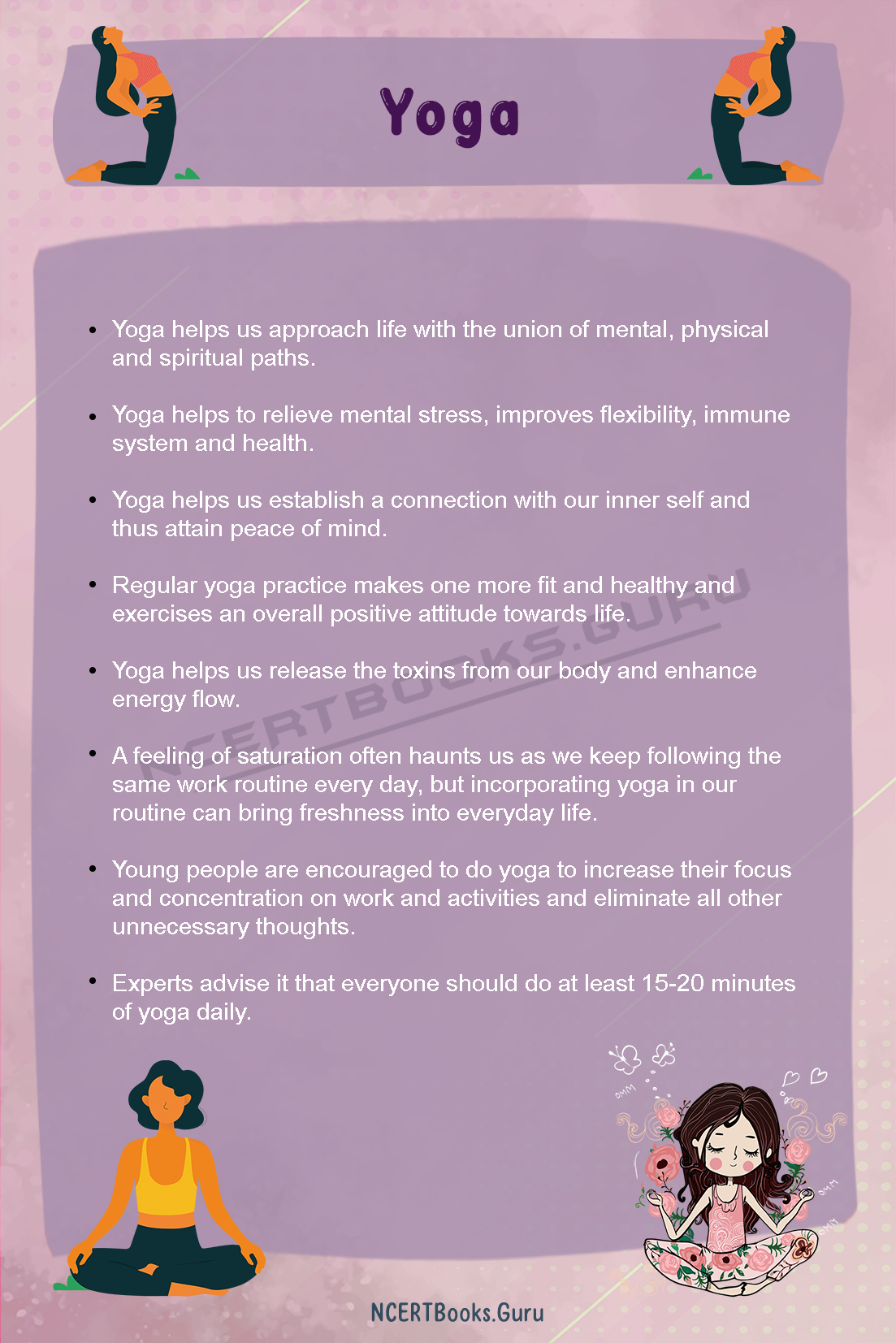
Frequently Asked Questions on Yoga
Question 1.
What is the importance of yoga?
Answer:
Yoga helps us attain mental and spiritual peace. Yoga is essential to keep us healthy physically and maintain an overall positive attitude. Yoga keeps us fresh and energized throughout the day. Daily practice of yoga makes us less prone to diseases and lead a healthy and peaceful life. Thus, individual from all age-groups are advised to do yoga daily.
Question 2.
When was yoga originated?
Answer:
Yoga was originated in ancient India and dated back to the pre-Vedic times.
Question 3.
What are the different yoga poses?
Answer:
The essential yoga poses include; “Tadasana” or mountain pose, “Vrikshasana” or tree pose, “AdhoMukhoSvanasana” or downward-facing dog pose, “Trikonasana” or triangle pose, “Kursiasana” or chair pose, “Naukasana” or boat pose, “Bhujangasana” or cobra pose, “Paschimottanasana,” “Child’s pose” and “Sukhasana.”
Question 4.
How does yoga affect healthcare?
Answer:
The practice of yoga is being incorporated into many health care centres as a complementary treatment for illness. Learning breathing exercises, meditation, stretching, and muscle relaxation is vital in health care and should be wisely focused. Even after recovering from a particular illness, one should continue to perform yoga daily.

